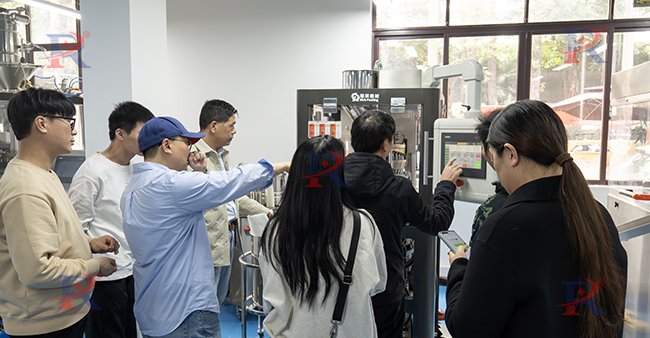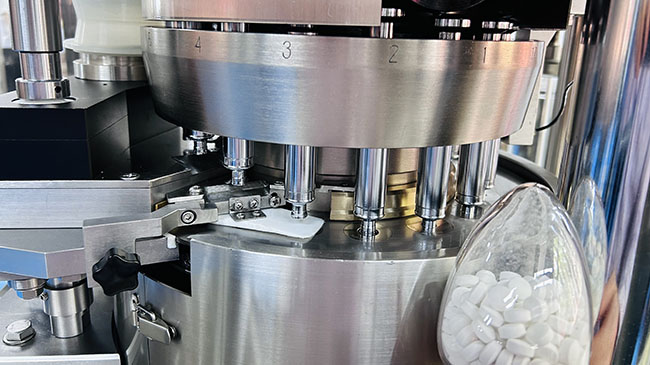Have you ever stood in a lab or manufacturing plant and been confronted with a wide variety of مكابس الأقراص? It’s amazing how a seemingly simple piece of equipment can produce such a wide variety of tablets. From common round tablets to specially shaped designs, from tiny precision doses to large sustained-release tablets, tablet presses are capable of much more than you can imagine. Today, let’s take the mystery out of tablet presses and see exactly what possibilities they can bring to your products.

What are the main types of tablets that a tablet press can produce?
Tablet presses can produce a wide range of tablet types, but the performance requirements of the machine vary greatly from one type of tablet to another. Depending on the production requirements, you will need to select a machine that can meet specific tablet specifications. Below are a few common types of tablets and the corresponding technical requirements:
Ordinary tablets: are the most common type of tablets, such as tablets of different size measurements and health care products, which are very versatile and suitable for mass production. For tablet presses producing plain tablets, controlling the weight, hardness and disintegration speed of the tablets is a priority. The production of such tablets requires equipment with good precision and consistency to ensure consistent quality from batch to batch.
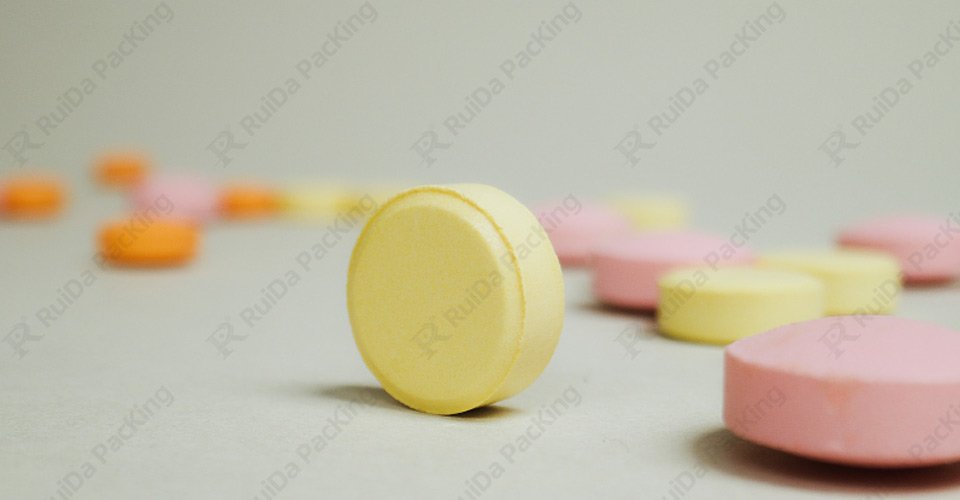
Effervescent tablets: need to dissolve quickly in water, so their disintegration places higher demands on the tablet pressing process. Tablet presses require precise pressure control to avoid tablets that are too hard to dissolve. The production of these tablets usually requires specially designed molds to ensure the release characteristics of the drug.
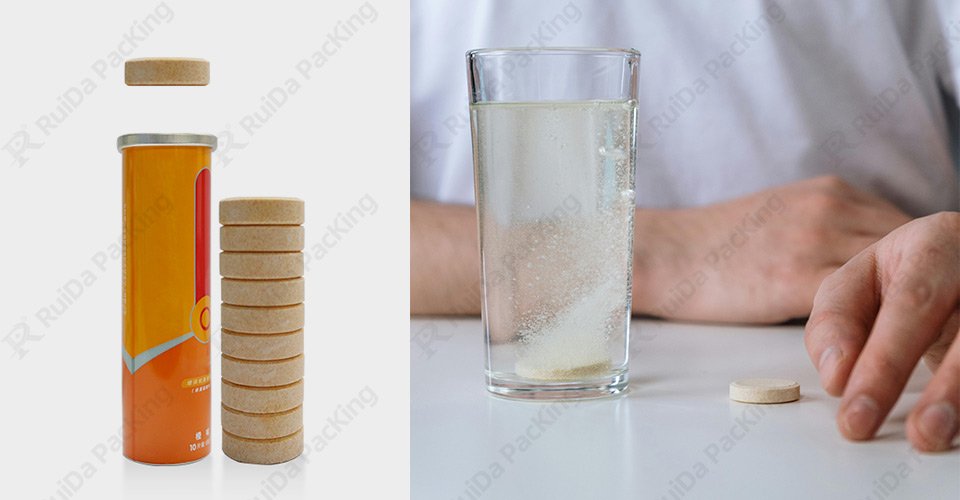
Controlled release tablets: These are tablets in which the drug is released slowly in the body, effectively controlling the concentration of the drug in the body. Tablet presses for the production of controlled release tablets need to be equipped with precise compression force adjustment to ensure consistent release of the drug. The equipment needs to be highly stable and able to ensure that each layer of the tablet is not deformed or delaminated during the pressing process.
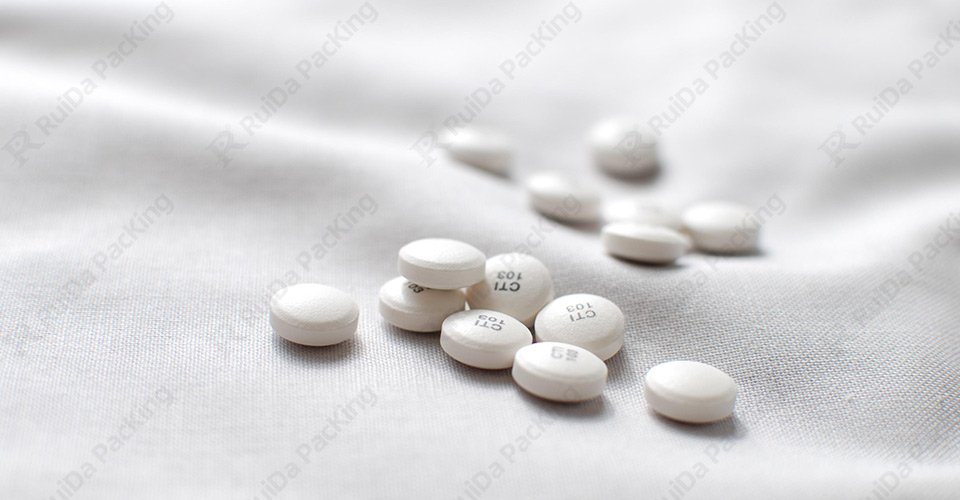
Multi-layer tablets: consist of two or more layers of material, each of which may contain different drug components. Multilayer Tablet Presses need to have more than one discharger mechanism, in the production of multi-layer tablets can be separately controlled by the filling amount of different materials and the thickness of the tablet, so that each layer of material must be tightly combined, to prevent delamination or unstable efficacy. In addition, the tablet press needs to have the ability to quickly adjust the pressing force and mold to adapt to the characteristics of different layers of materials.
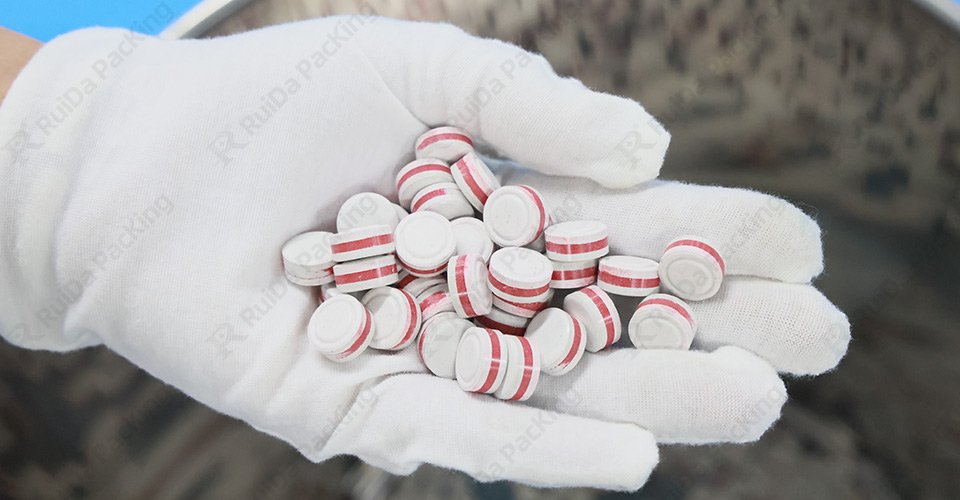
Chewable tablets: Commonly used in the production of children’s medications or nutritional supplements, where taste and hardness are critical. Tablet presses need to focus on disintegration resistance and uniformity of powder particles when producing chewable tablets. The machine needs to be able to adjust the density and hardness of the tablets to ensure that the final product is palatable and chewable.
To help you visualize the characteristics of different types of tablets, let’s look at a simple comparison table:
Tablet Type | الميزات الرئيسية | Suitable Scenarios |
Conventional | Round, flat, simple structure | Most oral medications |
Shaped | Unique form, easily identifiable | Branded drugs, pediatric medicines |
Multilayer | Composite structure, multiple effects | Combination drugs, IR-ER combinations |
Controlled release | Controlled-release structure, long-acting | Chronic disease medications, reduced dosing frequency |
Chewable | Easy to dissolve, good taste | Pediatric medicines, supplements like calcium |
Micro | Small volume, precise dosage | Low-dose drugs, hormonal medications |
كبير | Large volume, high dose | Vitamins, mineral supplements |
Custom-shaped | Unique form, high recognizability | Branded drugs, marketing needs |
Embossed | Surface identifiers, anti-counterfeit function | Prescription drugs, brand protection needs |
Scored | Easy to split, flexible dosing | Medications requiring dose adjustments |
Does the difference in tablet shape and size affect production?
The shape and size of tablets can directly affect the complexity of production, the machine’s tooling design, and the efficiency of production. You may need to produce tablets of different shapes and sizes, and whether or not the tablet press adapts to these needs directly determines production flexibility and cost control.
Tablet Shapes
Round tablets: are the most used shape in today’s pharmaceutical production, as other round standard shapes are suitable for mass production of the same size. Its advantages are that it is easy to control the weight and hardness and it is suitable for automated packaging equipment. However, the disadvantage of round tablets is that they may lack visual differentiation for certain drug brands.
Oval tablets: are usually used for medications that are difficult to swallow. This shape increases comfort when taking and adds to product differentiation and recognition, but requires a more demanding mold design due to its shape. Also, the equipment may require more frequent adjustments to ensure consistent tablet quality.
Shaped tablets: Shapes such as hearts, triangles or brand logo shapes are often used for specific brands of pharmaceuticals or supplements. These tablets offer high brand recognition, but the production process is complex, the equipment has frequent mold changes, and maintenance costs are relatively high.
Tablet Size and Diameter
Tablet size and diameter are also critical in production. Smaller tablets can be accomplished with faster production speeds, but larger diameter tablets can lead to increased equipment loads due to the greater pressing forces required.
Tablet Type | Diameter Range | Compression Difficulty | سرعة الإنتاج |
Small Tablets | 3-5mm | Easy | سريع |
Medium Tablets | 6-10mm | معتدل | واسطة |
Large Tablets | 11-20mm | Challenging | بطيئ |
Large-diameter tablets are prone to breakage or disintegration during production, and tablet presses require higher pressing forces and wear resistance. In addition, larger tablets require a higher level of mold and punch design, as well as flexibility in equipment adjustment and durability.
How do You Choose a Tablet Press That Fits Your Needs?
First, you need to consider capacity requirements. A small R&D tablet press may only be able to produce a few hundred tablets per hour, while a large, industrial-grade machine may be able to produce hundreds of thousands of tablets per hour. Your production scale determines which grade of equipment you should choose.
Next, you have to weigh the balance between versatility and specialization. A versatile tablet press can meet the production needs of many types of tablets, but it may not be as good as a specialized machine for some specific types of production. You need to make a choice based on your business model.
Technical parameters are the main focus you must pay attention to. Pressure range, speed control, accuracy requirements, all of these have a direct impact on the quality of your product. Don’t be fooled by flashy buzzwords and compare these key parameters carefully.
Cost-effectiveness is also a factor you need to weigh. Remember, the most expensive is not necessarily the best for you. You need to find the most cost-effective option based on your budget and needs.
Looking ahead, tablet press technology is still evolving. Personalized production is becoming a trend, and the low-volume, multi-variety production model could change the entire landscape of the industry. Are you ready for this change?
Digital transformation is also influencing the development of tablet presses. The application of IoT technology can greatly improve your production efficiency, real-time monitoring and precise control. This may require you to give more consideration when shopping for equipment.
The application of new materials, on the other hand, may bring about a revolution in tablet production. The use of biodegradable materials and new excipients may change the characteristics of your products. Choosing a tablet press that can accommodate these new materials may give you a head start on the competition in the future.
The world of tablet presses is much richer than you might think. From basic round tablets to complex multilayered slow-release tablets, from tiny precision doses to unique shaped designs, modern tablet presses can meet almost all of your needs. Choosing the right tablet press will not only increase your productivity, but also give your product new possibilities. Remember, understanding the capabilities of a tablet press is the same as holding the key to product innovation.
